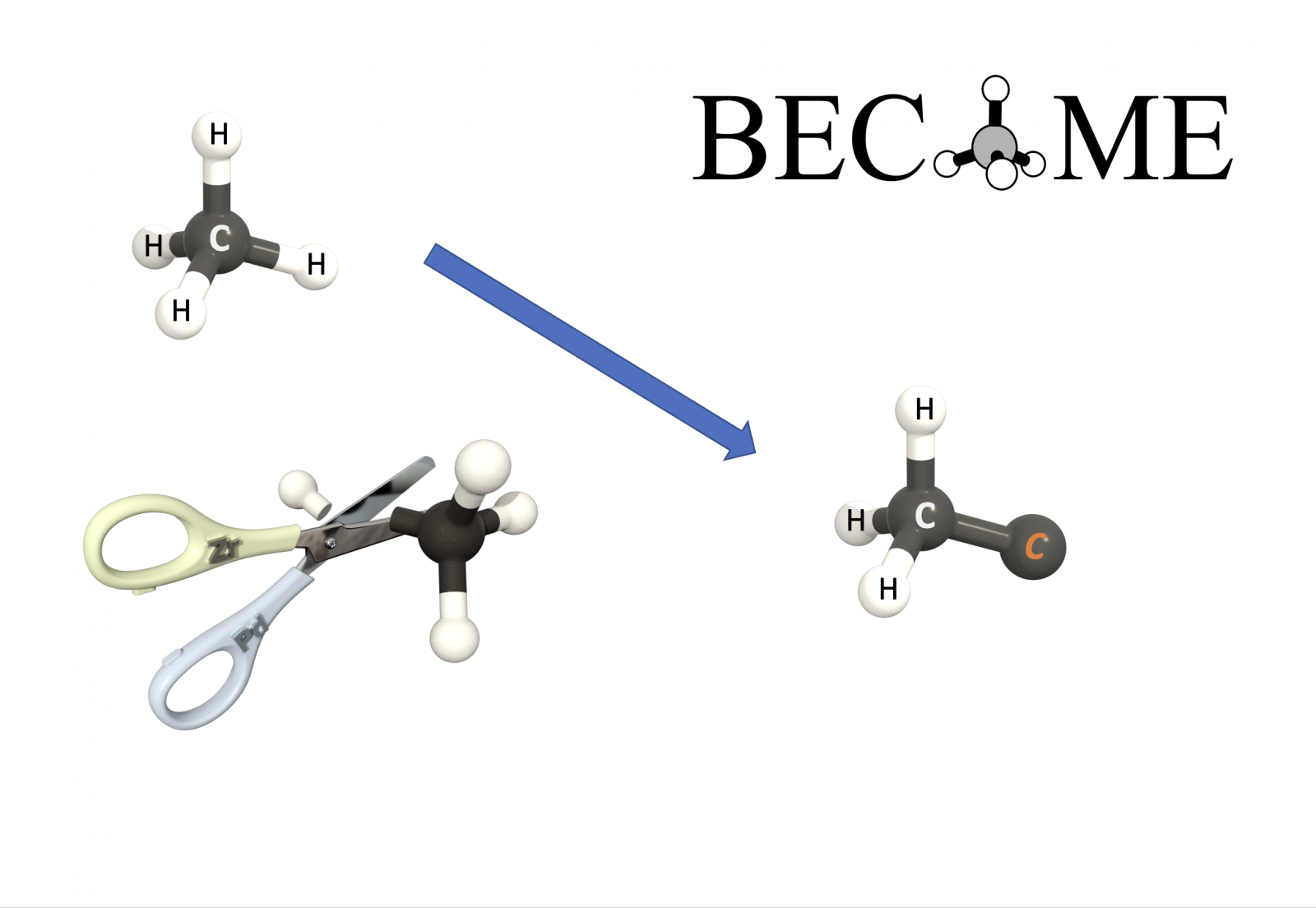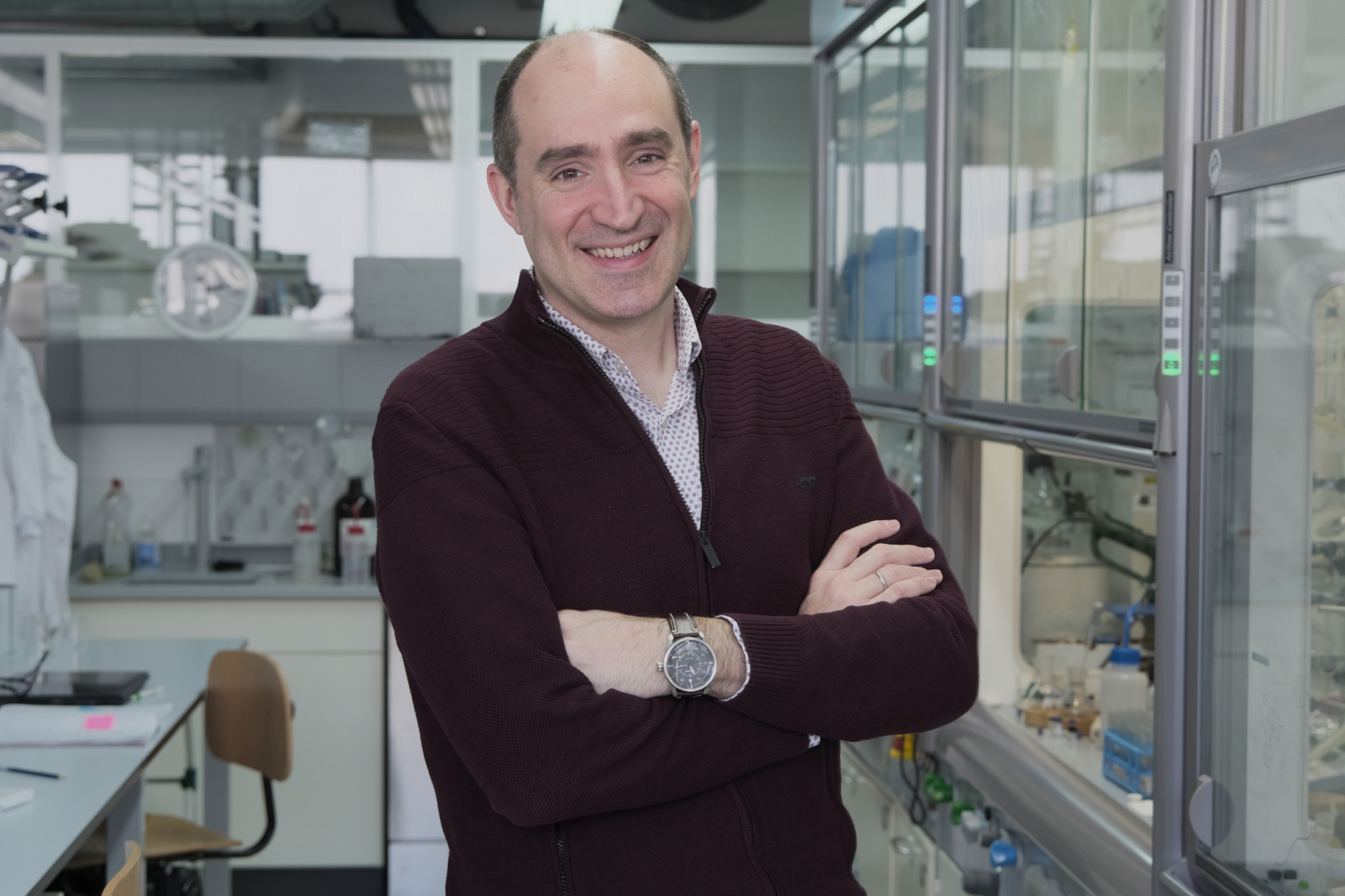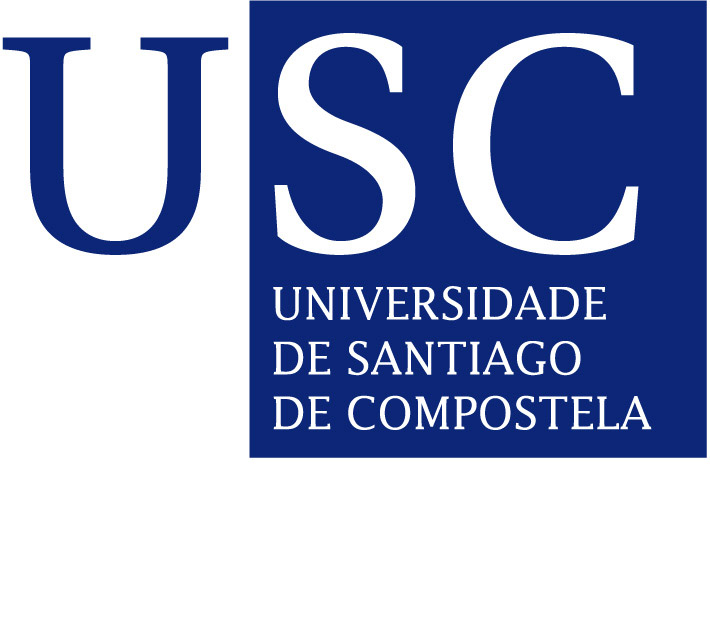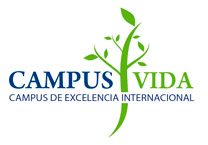Imagine popping an ibuprofen pill to ease your headache, only to discover that this white, hard tablet was crafted from methane, a greenhouse gas emitted from decomposing organic matter. While producing ibuprofen from methane is still a hypothetical concept, its realization could be closer than we think. A team led by Martín Fañanás at the Center for Research in Biological Chemistry and Molecular Materials (CiQUS) of the Universidade de Santiago de Compostela (USC) is developing a technology that transforms methane into high-value products, including pharmaceuticals, optically active compounds, and various materials. This research is part of Became, a project funded by the European Research Council (ERC).
"Natural gas, primarily composed of methane and other gases like ethane and propane, is an abundant resource on our planet. However, we think of it as a fuel, something we burn to obtain energy," explains Fañanás. This usage is unsustainable, as burning natural gas releases carbon dioxide and consumes a significant amount of water. Fañanás believes that natural gas combustion will be banned within 50 years due to global warming.
The Became project aims to develop new methodologies for creating high-value products from gases like methane, ethane, and propane.
The process is far from easy. Fañanás compares their work in the lab to playing with Lego, fitting pieces together. "Chemically speaking, these gases are very unreactive. Methane consists of one carbon atom and four hydrogen atoms, and their bonds are very, very strong. Breaking them is extremely difficult. To convert methane into another material, we need to replace the hydrogen with another Lego piece, like another carbon atom," explains Fañanás.
The Lego they use at CIQUS is a unique version of the popular pastime. While the pieces of the well-known toy brand have tabs that help interlock, the USC researchers create these interlocks themselves. "We take methane and draw its molecule, formed by one carbon and four hydrogens. It's like a cube without tabs; completely smooth, to which we can't attach anything. What happens if we make a hole in it?" Fañanás asks. This is how the chemist explains the process they carry out in the laboratory at the atomic level: creating holes for a larger or differently colored piece to occupy. "It's like playing Lego at the atomic level with the smallest imaginable piece," he explains.
Fañanás believes this methodology has "tremendous potential." "Methane is often referred to as a fossil fuel, but Galicia is already promoting biogas and biomethane plants. We must remember that this is a material that is constantly being generated because it emanates from animal waste like manure. If we don't use this gas, it will produce greenhouse gases," explains the CIQUS researcher, emphasizing the sustainable approach, both scientifically and socially, pursued by the European project he is involved in. Fañanás sees many strengths in this type of technology: "It could have global relevance because you would be using the most abundant raw material on the planet, methane, avoiding its combustion, reducing emissions, and preventing Earth's deterioration."
However, realizing this technology is still a long-term goal. Fañanás compares this methodology to liquid crystal theories, which are the basis for mobile phone screens. "These processes have a long way to go," acknowledges the USC chemist. Nevertheless, he emphasizes the importance of developing this technology to meet the challenge of a potential methane combustion ban in 50 years. "It's better to start developing the technology half a century in advance," he concludes.
By Alba Tomé & Laura Filloy | GCiencia
https://www.gciencia.com/ciqus/crear-farmacos-metano-investiga-equipo-santiago/


Led by Prof. Martín Fañanás at CiQUS, the ERC-CoG project Became explores the exciting potential of transforming methane from a harmful pollutant into valuable products.


